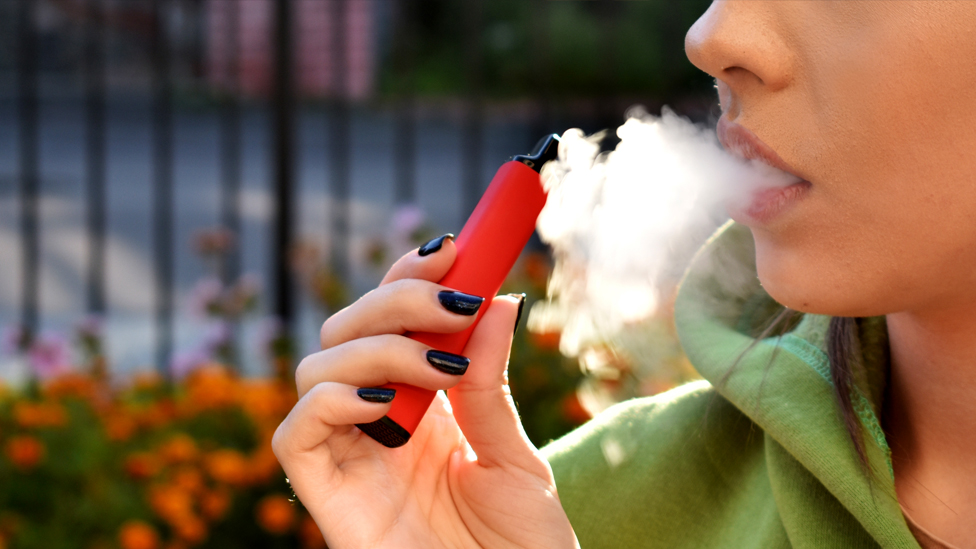Introduction
Vaping has not only transformed the way people consume nicotine but has also shaped social norms and behaviors. In this exploration, we delve into the influence of vaping on societal norms, individual behaviors, and the perception of nicotine use.
Changing Social Norms
Vaping as the New Normal
Over the years, vaping has become increasingly normalized, particularly among younger generations. It has shifted perceptions of what constitutes acceptable nicotine consumption, challenging the long-standing dominance of traditional smoking.
Smoking Decline
As vaping gains popularity, traditional smoking has declined. Vaping is often viewed as a more socially acceptable alternative, leading to a shift in smoking norms.
The Influence on Behavior
Smoking Cessation
Vaping has served as an effective smoking cessation tool for many individuals. The perception that vaping is less harmful than smoking has encouraged smokers to transition to this alternative.
Youth Initiation
Conversely, the popularity of vaping among young people has raised concerns about youth initiation and nicotine addiction. The social perception that vaping is less harmful than smoking may contribute to its appeal among adolescents.
Perception of Harm
Harm Reduction
Vaping is commonly perceived as a harm reduction strategy for smokers. This perception has led to an increase in the number of smokers considering or attempting to switch to lost marry vaping as a less harmful alternative.
Uncertainty and Debate
The perception of vaping’s harm reduction potential is not without controversy. Debates surrounding its long-term health effects persist, influencing how individuals view the practice.
Marketing and Perception
Targeted Marketing
Vaping companies have employed strategic marketing techniques, often utilizing influencers and social media, to shape public perception and encourage vaping.
Flavored Products
The availability of a wide range of flavored e-liquids has contributed to the perception that vaping is a more enjoyable and less harmful alternative to smoking.
Public Policies and Regulations
Impact on Perception
The enactment of vaping-related policies and regulations can influence public perception. Bans on flavors or restrictions on marketing practices can shape how vaping is viewed by the public.
Balancing Harm Reduction and Youth Protection
Policymakers face the challenge of balancing harm reduction for adult smokers with youth protection efforts, attempting to shape behaviors and norms responsibly.
Conclusion
Vaping has had a profound impact on social norms, individual behaviors, and the perception of nicotine use. It has challenged the dominance of traditional smoking and created new paradigms for harm reduction. However, it has also raised concerns about youth initiation and nicotine addiction. The influence of marketing, public policies, and ongoing debates surrounding vaping continue to shape how society perceives and responds to this evolving phenomenon. Balancing harm reduction for adult smokers while protecting young people remains a complex and ongoing challenge.

